Figure 1. RREF is not referenced to ground or VDD so this isn't going to be easy.
The datasheet opening paragraph says:
The MAX31865 is an easy-to-use resistance-to-digital converter optimized for platinum resistance temperature detectors (RTDs). An external resistor sets the sensitivity for the RTD being used and a precision delta-sigma ADC converts the ratio of the RTD resistance to the reference resistance into digital form.
... so you have to use the 430 Ω or 4300 Ω reference as appropriate.
If a jumper was an option the sensible approach might be to put both in with the jumper selecting which to use. An alternative would be to solder in the 4300 Ω resistor with a jumper connecting a 477.77 Ω resistor in parallel (the combination giving 430 Ω) - but where are you going to get one of those?
I don't think you're going to find an easy solution to this due to the precision required for the reference and the fact that neither end of RREF is connected to ground.
A miniature relay is probably your best option.


